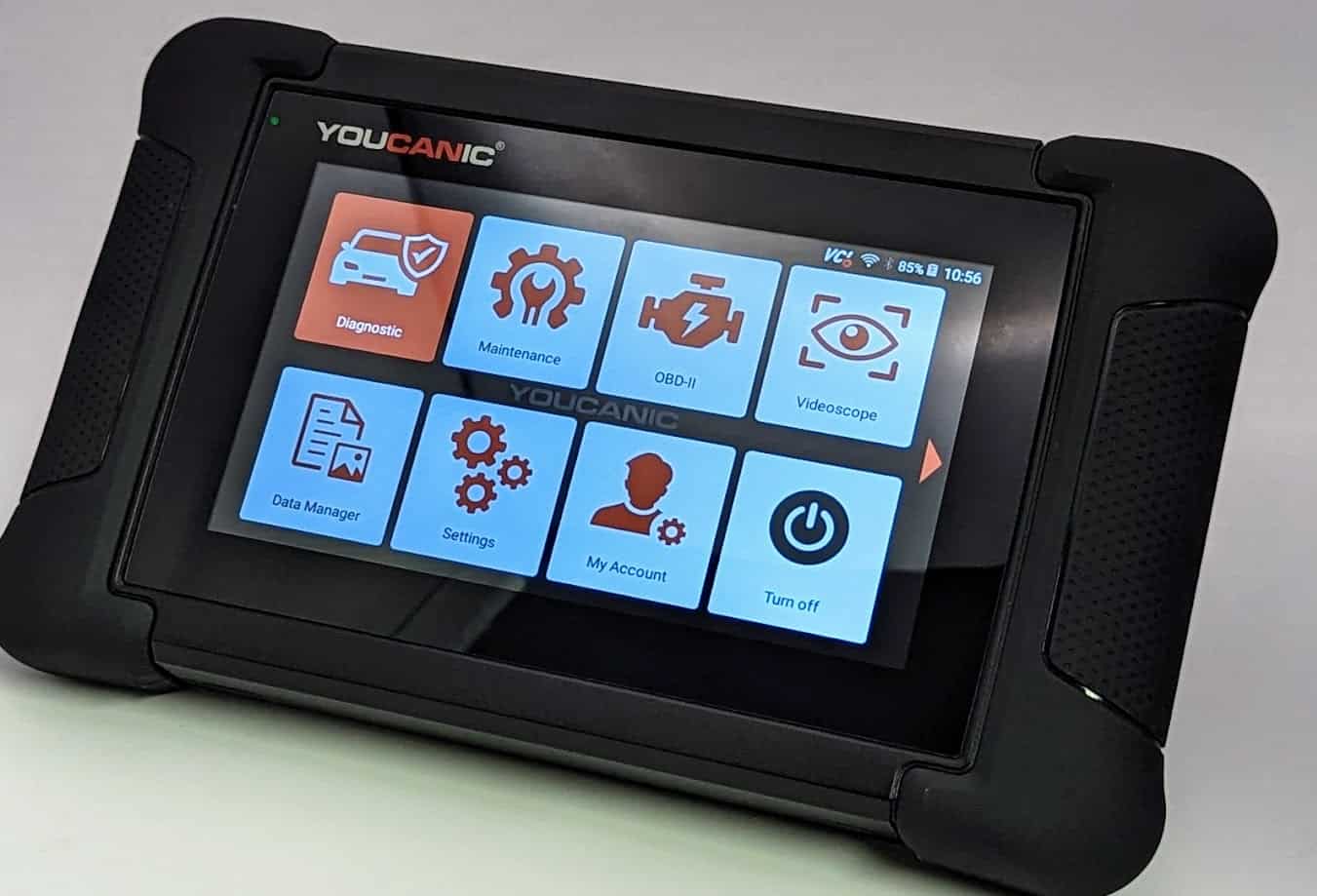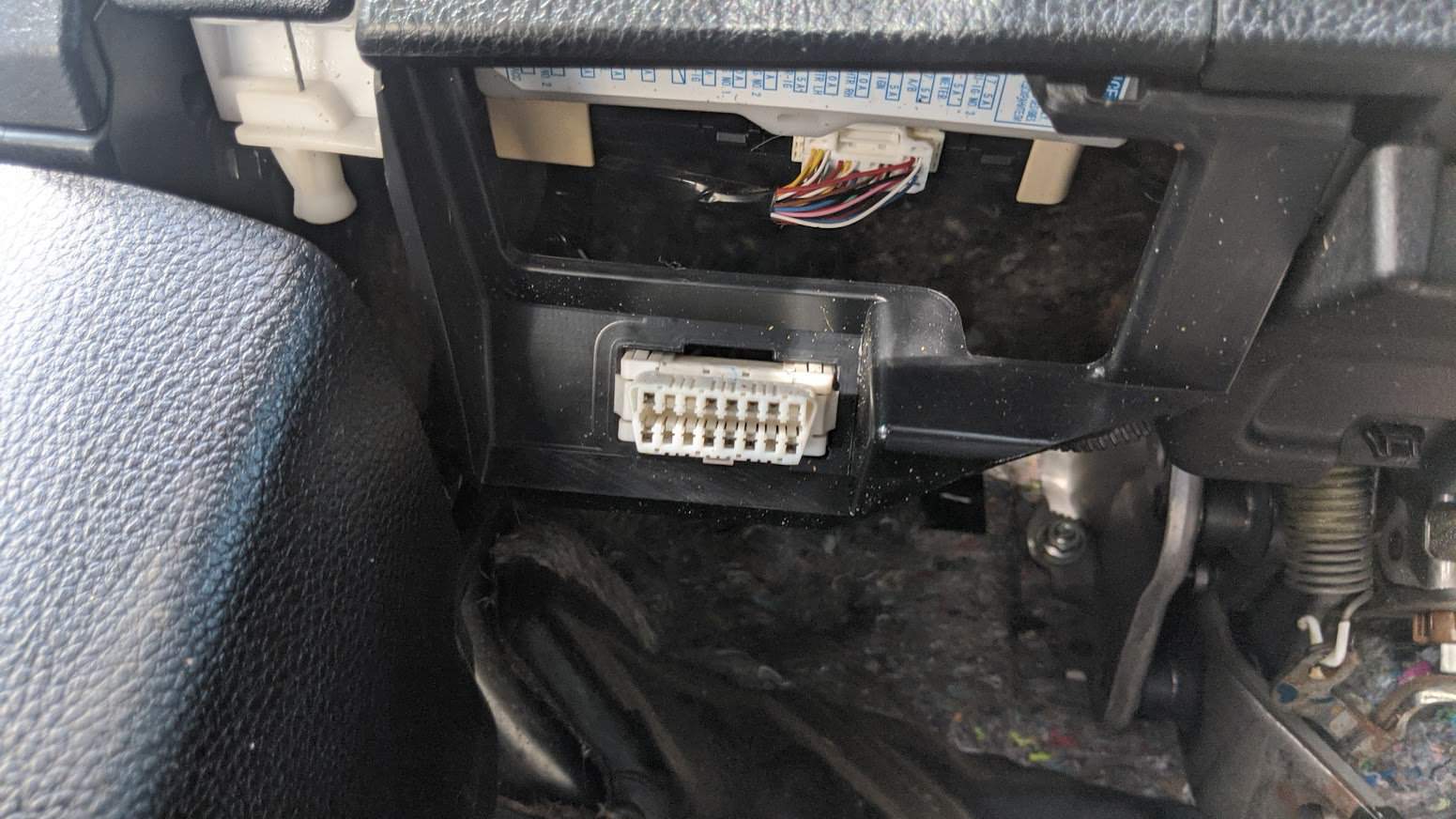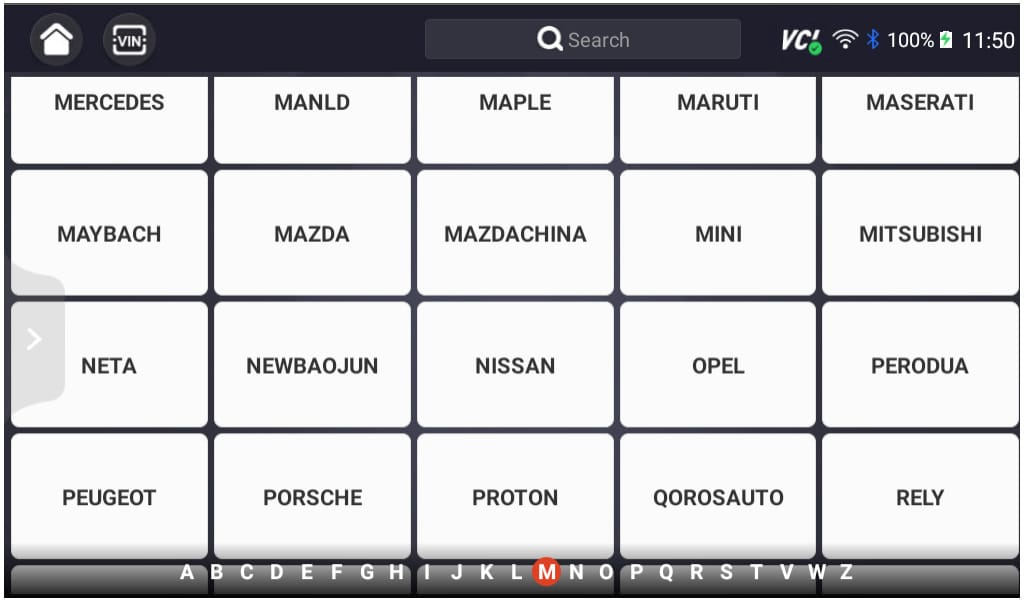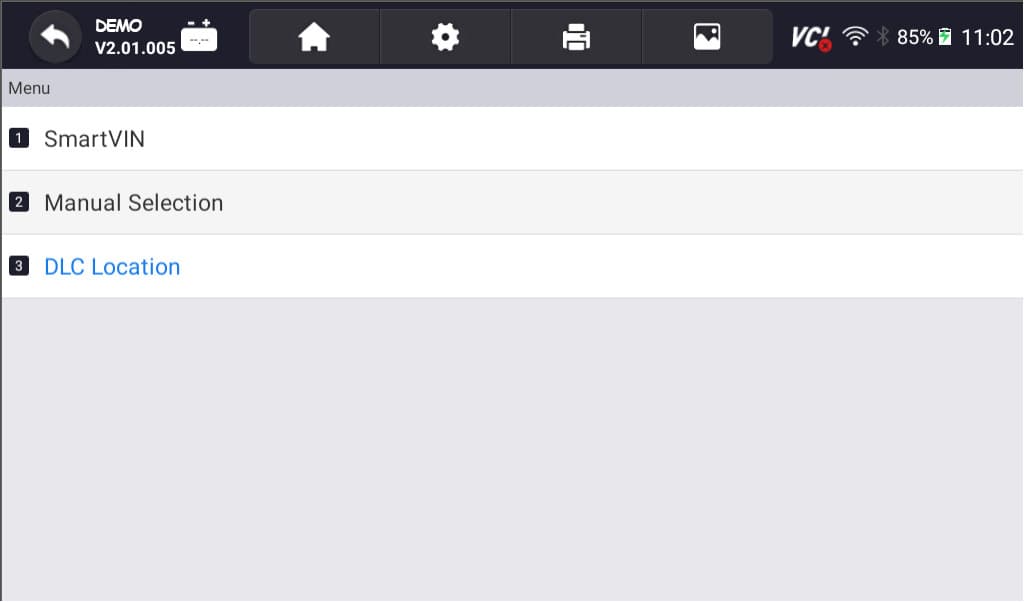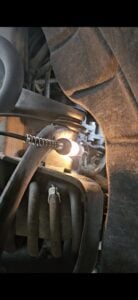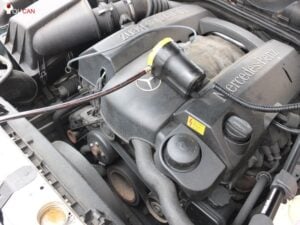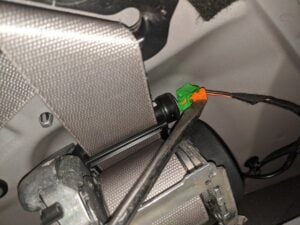Mastering the Art of Reading and Clearing DTCs/Fault Codes on Your Opel
Opel is a German automobile manufacturer with a rich history dating back to 1862. The company produced sewing machines before venturing into the automotive realm in 1899 with the Patentwagen, its first motor vehicle.
However, like any machine, it’s prone to occasional hiccups, and that’s where understanding DTC/Fault Codes comes in. Most Opel is now equipped with an OBD-II port for more straightforward diagnosis and repair. Some of the most common Opel models are Vivaro Panel Van, Insignia, Crossland, Mokka, Zafira LIfe, and others.
DTC, or Diagnostic Trouble Code, is the automotive way of communicating underlying issues in your vehicle. These codes are like Morse code; your Opel’s onboard computer warns you through your dashboard with a Check Engine Light or any warning light to alert you of potential problems. Now, almost a hundred warning lights could illuminate your dashboard. These include ABS, SRS, transmission temperature, oil pressure, battery charging, differential, Tract control, and many more; they seem overwhelming, but how will we get and interpret the codes? We’ll have to use an OBD-II scanner like our YOUCANIC Scanner, which is available for rent or purchase.
Do You Need to Scan Your Car?
Scanning for DTCs is important; it’s like having a mechanic eavesdrop on your car’s internal conversations, revealing hidden glitches and potential problems. By identifying these issues early on, you can prevent them from snowballing into more significant and expensive repairs.
How to Read and Clear Opel Fault Codes
OBD stands for “On-Board Diagnostic”. Most modern vehicles now include an OBD port, which can be utilized by a scanner that communicates to your car. It is plugged in by an OBD-II scanner into the socket, which is designed to help automotive technicians interpret faults and other issues that your Opel may be experiencing or have recorded. Here are the steps on how to read DTCs or Fault codes:
- Gather the necessary tools: Equip yourself with a Professional-Grade OBD-II Scanner compatible with your Opel. Click Here for our Professional-Grade YOUCANIC Scanner

- Access the OBD-II Port: This port is usually found under the dashboard, near the steering column; the OBD-II port is the gateway to your car’s diagnostic information. Turn the ignition key to the “ON” position without starting the engine to make a connection with the vehicle’s computer. If your Opel has a START/STOP feature, press the button without pressing the brake pedal. Do not start the engine. If you are unsure of the OBD-II port of your vehicle, you can always check the Car Owner’s Manual.

- Access the Diagnostic Menu: On the YOUCANIC scanner’s display, navigate to the “Diagnostic” or “Scan” menu. This menu allows you to access various diagnostic functions for your Opel.

- Select ‘OPEL’ as the Vehicle Make: This ensures the scanner effectively communicates with the Opel On-Board Diagnostic system and effectively scans the fault codes.

- Select option for model selection: The scanner has various options; you can choose SmartVIN to detect your vehicle automatically. However, you choose Manual Selection if SmartVIN does not work as intended. To learn more about your Opel’s VIN, click here.

- Select the Specific Model and Chassis: After selecting the vehicle make, scroll through the available models and select the correct one for your Opel. Choose the corresponding chassis or body type to sync the scanner to your vehicle properly.

- Select Control Units: Once you have selected the model and chassis, the scanner will let you choose between “Quick scan” or “Control Modules.” Control Modules display a list of control units or modules in your vehicle. Examples include the engine control module (ECM), transmission control module (TCM), and ABS control module. Choose the specific module you want to diagnose. Otherwise, you can also choose the “Quick Scan” to check everything.

- Interpret the Codes: Once the YOUCANIC scanner completes the code retrieval process, the displayed codes will provide information about specific issues detected by the control unit. Take note of these codes for further analysis and diagnosis. Each DTC consists of a letter and four numbers. The letter indicates the system affected, while the numbers describe the issue more precisely. Click here to learn more about fault codes.

- Erase Codes: After the problem has been repaired, return to the scanner’s menu and select the option to “Erase Codes” or “Clear Codes.” This action removes the stored fault codes from the control unit’s memory, indicating that the problem has been resolved. Please note that you may or may not erase a code when the issue is not fixed.

NOTE: These pictures are just the demo of our YOUCANIC Scanner. It may or may not be the same, but the procedure is the same.
Troubleshooting Error Codes on My Opel: What Am I Missing?
Once you’ve identified the DTCs, you may be tempted to clear them, hoping to continue driving your Opel, and the problem magically disappears. Clearing the codes can temporarily remove the “Check Engine” light, butit doesn’t address the underlying issue. It will always come back. Here are also some lists of why you cannot clear the codes of your Opel:
- Use a Professional-Grade Scanner: Ditch the generic scanner and upgrade it to a professional-grade one, but it won’t work! YOUCANIC, on the other hand, is like the master key to your Opel’s diagnostics, unlocking hidden diagnostic powers and letting you clear codes that would otherwise remain stubborn and hidden.
- Underlying Issues: Before clearing fault codes, remember to address the underlying issue that triggered them in the first place. Clearing codes is like patching a leaky pipe without fixing the cracked valve – it’s just a temporary fix. The ‘check engine’ light will surely come back and haunt you.
- Continuous Fault Monitoring: Like the SRS system, specific fault codes may be cleared by disconnecting the battery (like a reset). However, they will reappear even after clearing until the root cause is resolved. This is a persistent reminder to fix the problem, not just mask it.
- Proper Clearing Procedure: Following the correct steps outlined in your diagnostic scanner’s user manual is essential to clear fault codes effectively. If unsure about the clearing procedure, consult a professional for guidance specific to your scanner and Opel model.
Check our professional-grade YOUCANIC scanner here:
The Dangers of Ignoring Fault Codes: A Recipe for Disaster
Turning a blind eye to DTCs is like ignoring those nagging reminders from your doctor. It might seem harmless in the short term, but ignoring these warning signs can lead to a cascade of problems, potentially causing significant damage to your Opel’s delicate systems.
Check our article here if you want to know what is the best OBD-II for DIY Enthusiasts: Best OBD2 Scanner For DIY Auto Repair – YOUCANIC
Frequently Asked Questions
What are DTCs?
DTCs, or Diagnostic Trouble Codes, are alphanumeric codes that your Opel’s computer stores when it detects a problem,
What happens when I ignore fault codes?
Ignoring fault codes can lead to several problems, including further damage to your vehicle, increased emissions, and failure to pass emissions testing.
Can I scan my Opel on my own?
Yes, you can scan using a professional-grade scanner for your vehicle. It is Ideal to know at least how to read codes so you can diagnose in case of emergencies. You should consult an authorized Opel technician if the issue is more complex.
References
- What Is an OBD2 Scanner and How Does It Work?
What Is an OBD2 Scanner and How Does It Work? | The Drive - DTC Fault Codes
DTC Fault Codes – YOUCANIC - What Does the Check Engine Light Look Like, and What Does It Mean?
What Does the Check Engine Light Look Like, and Really Mean? – Consumer Reports



